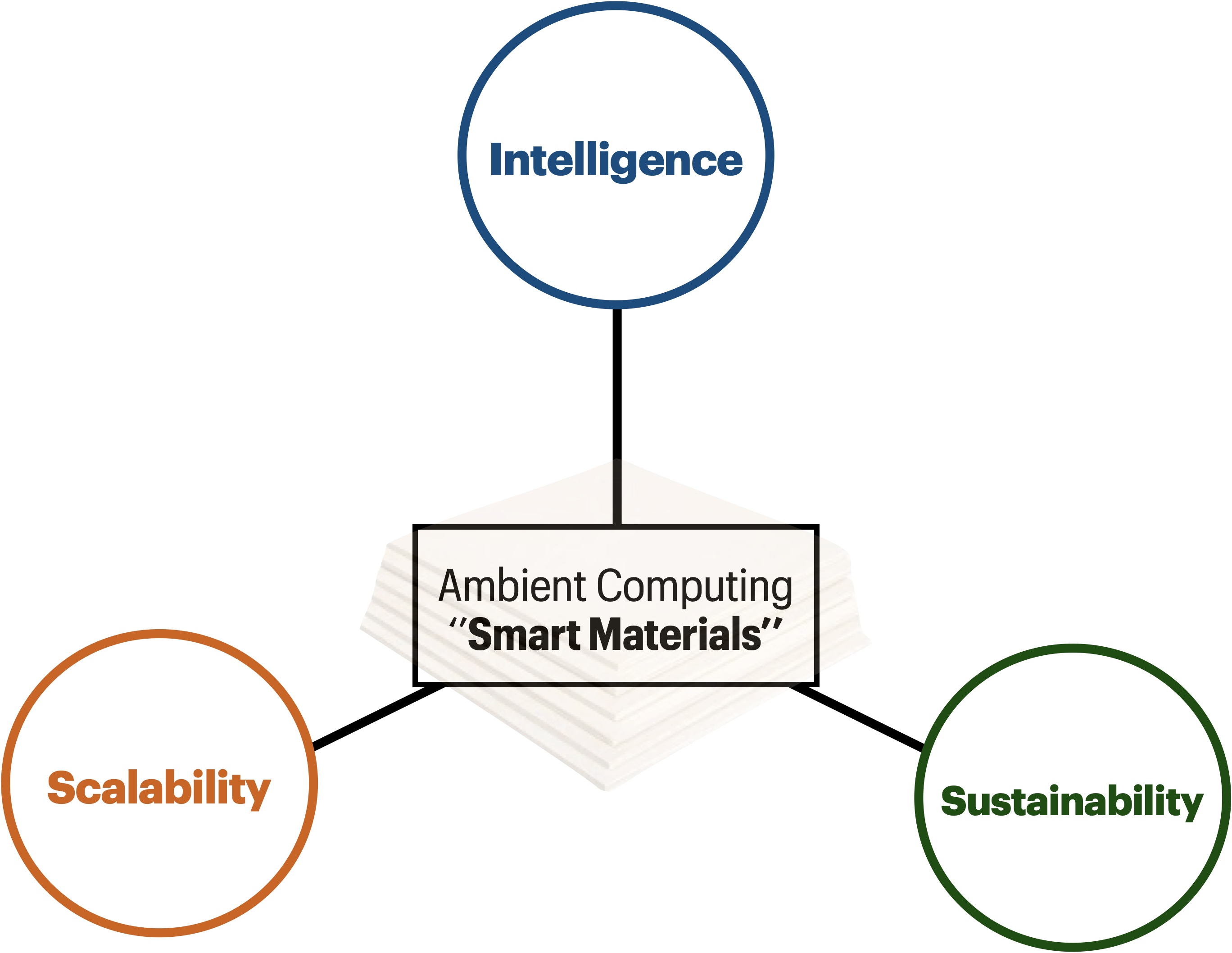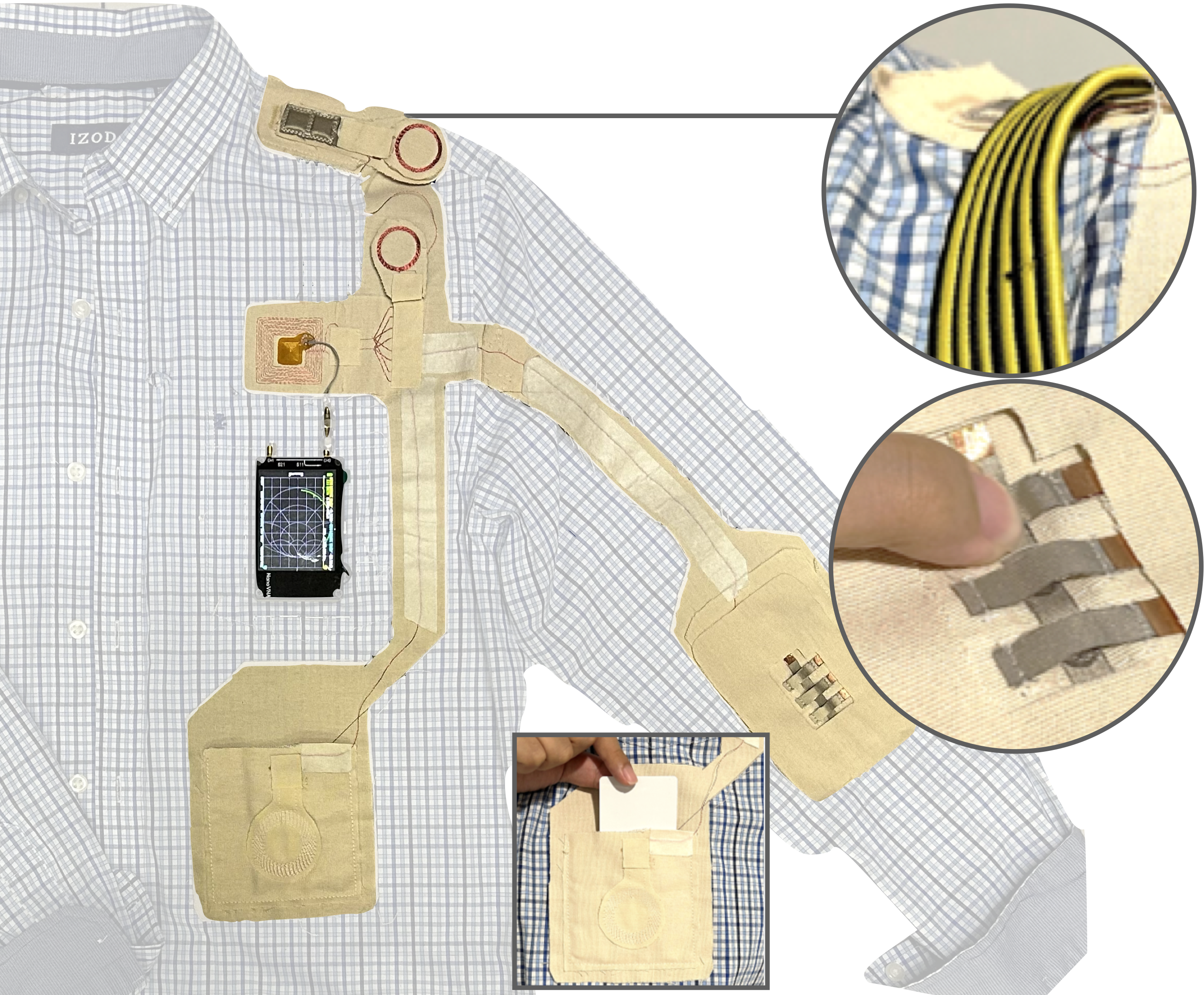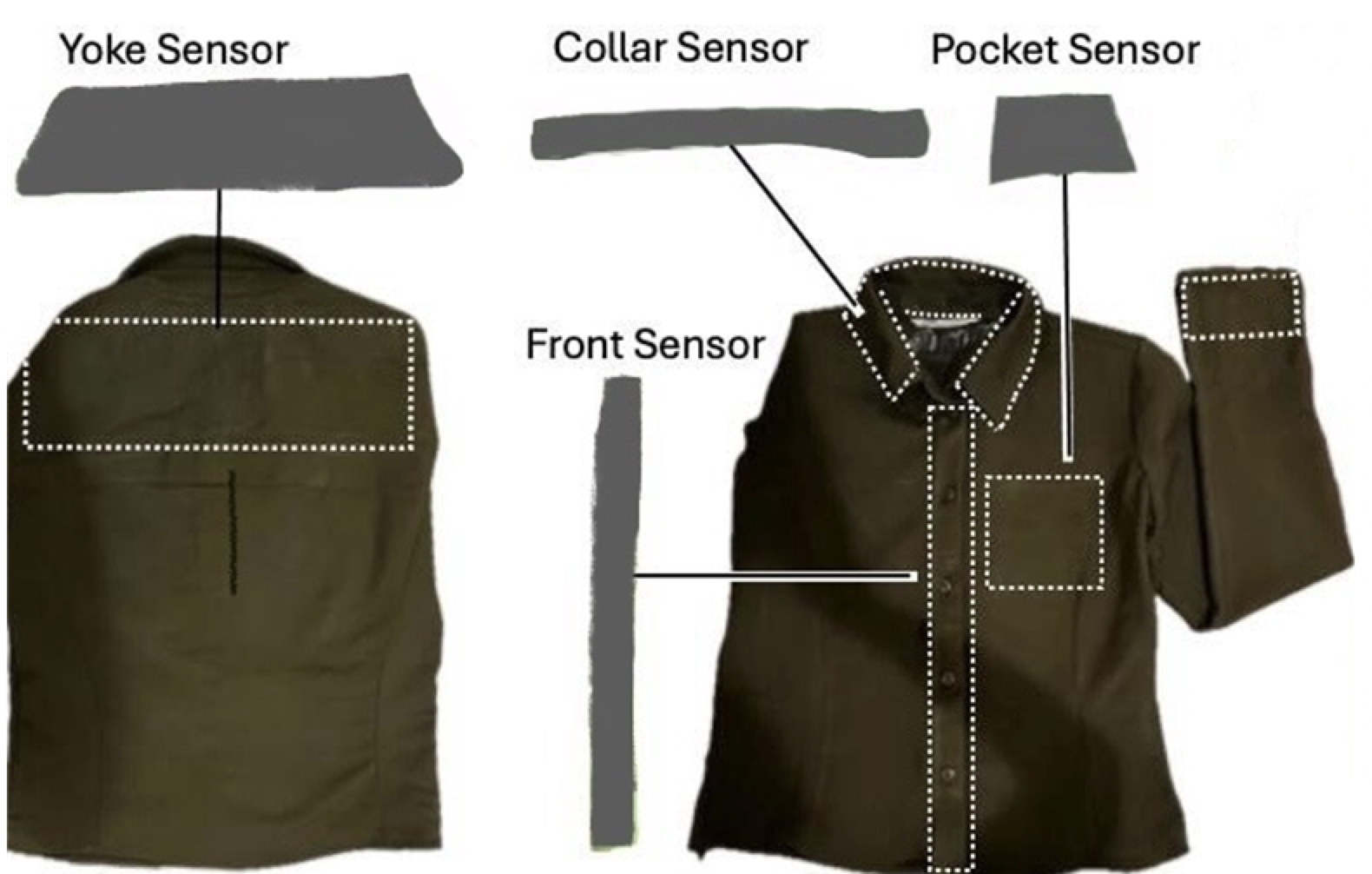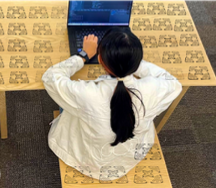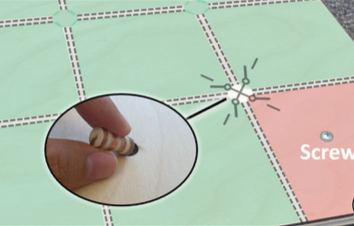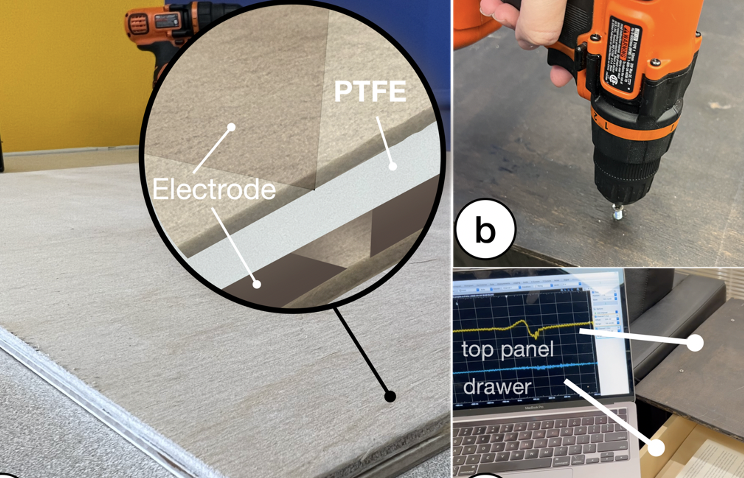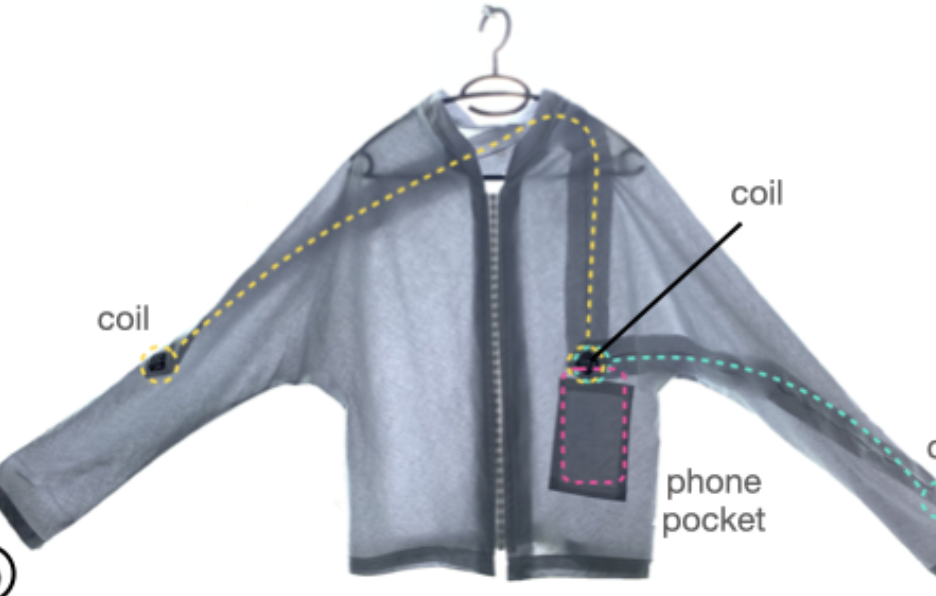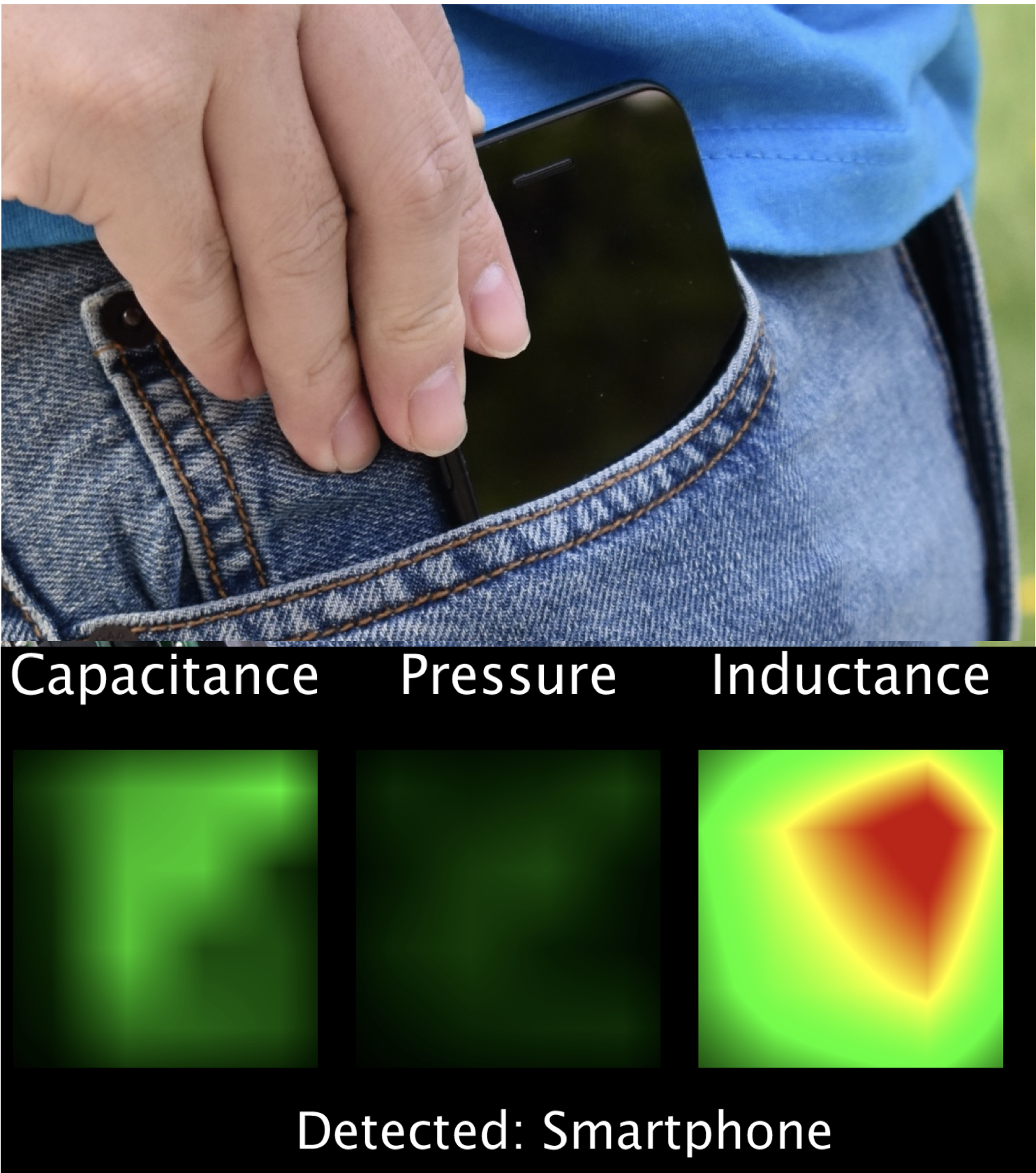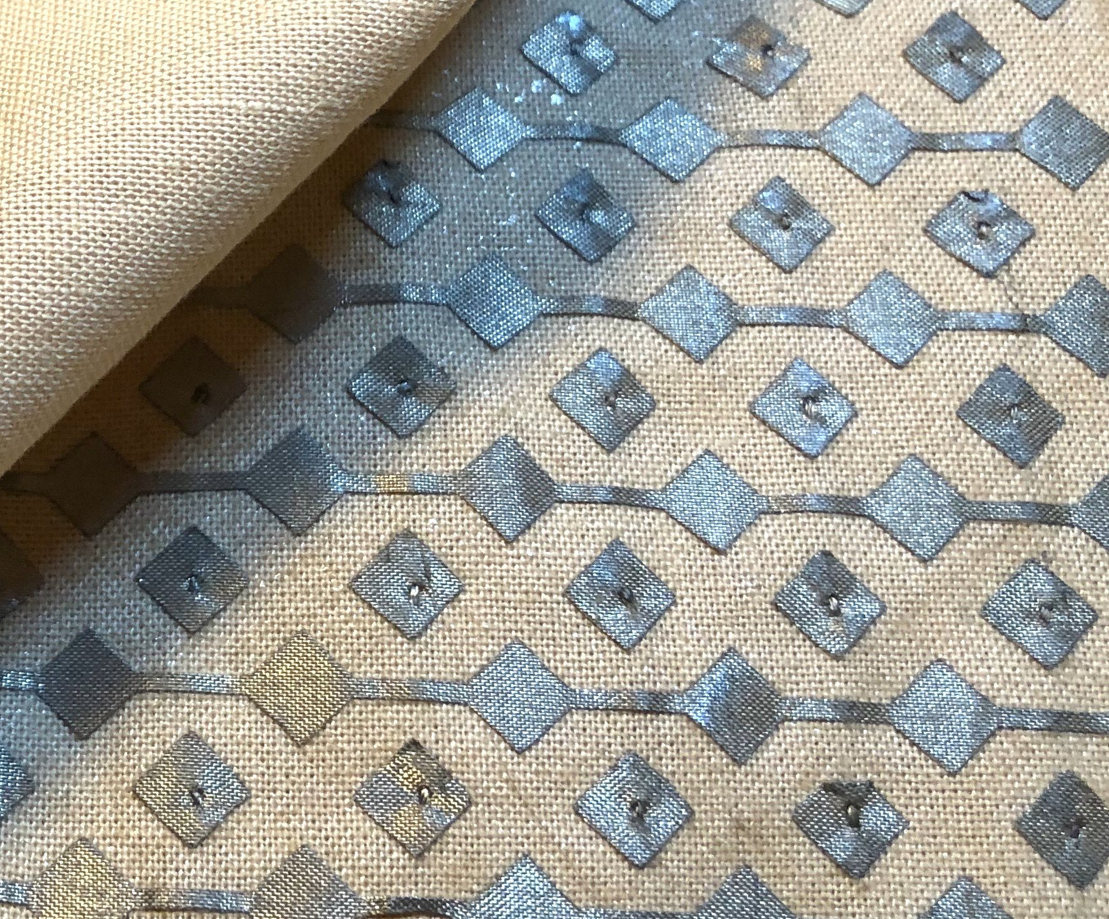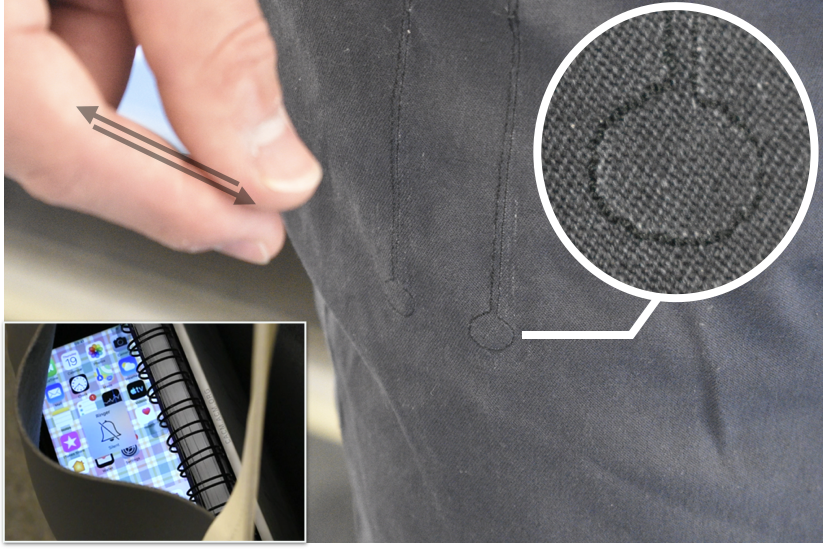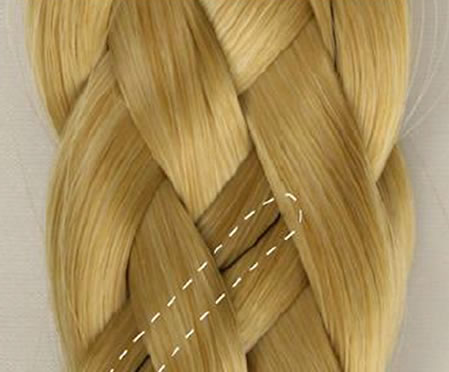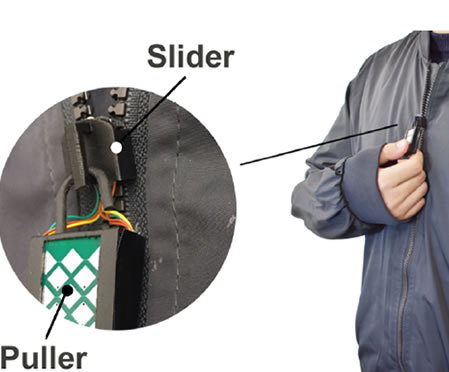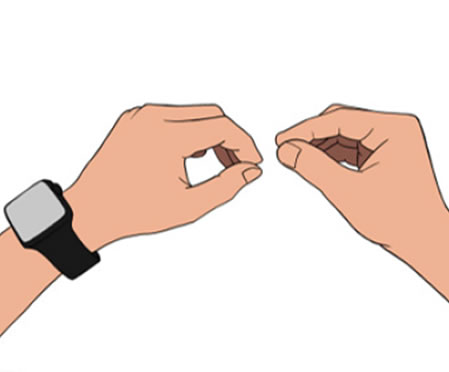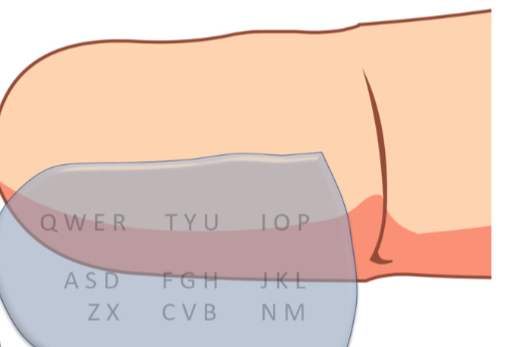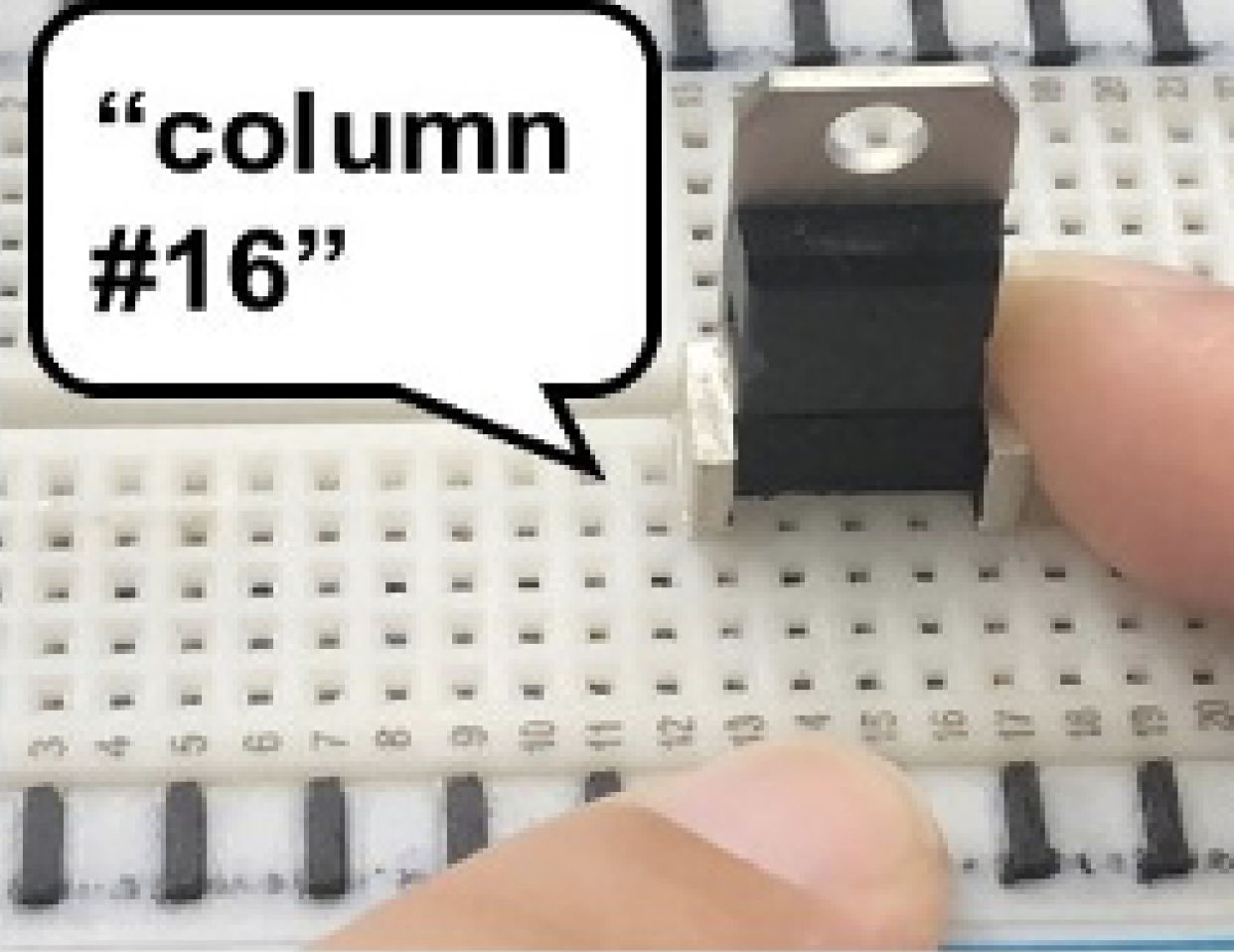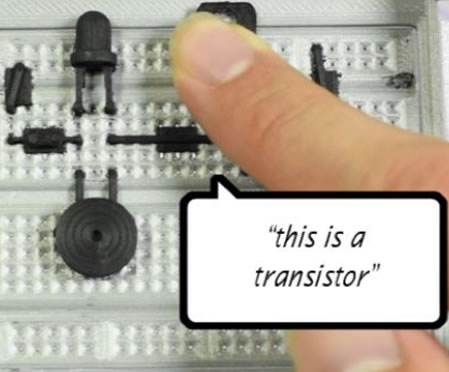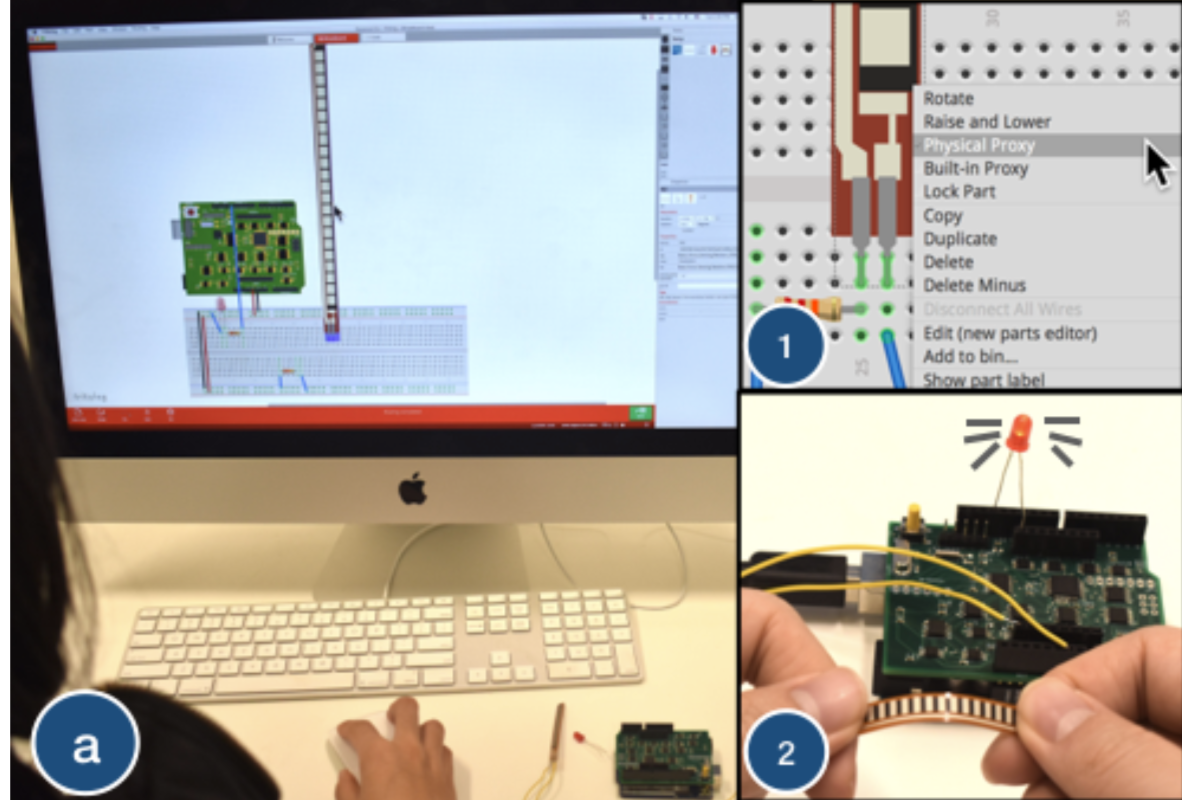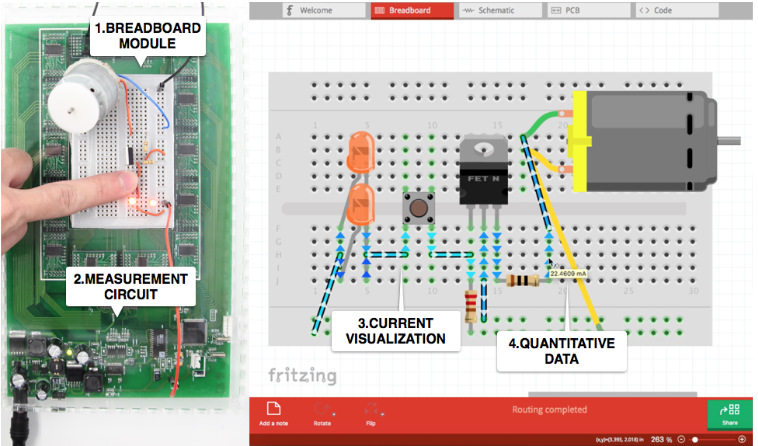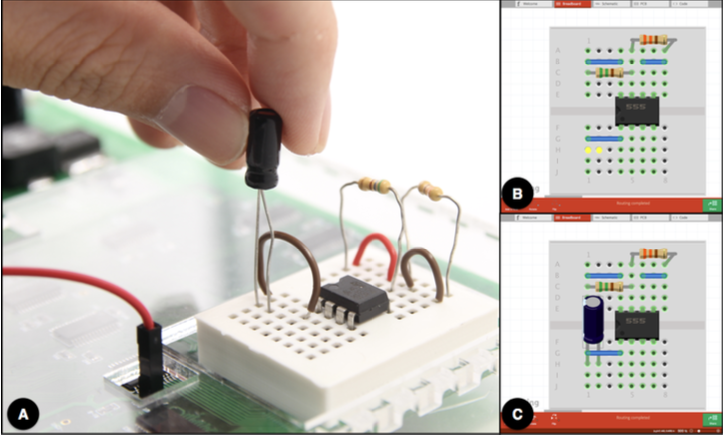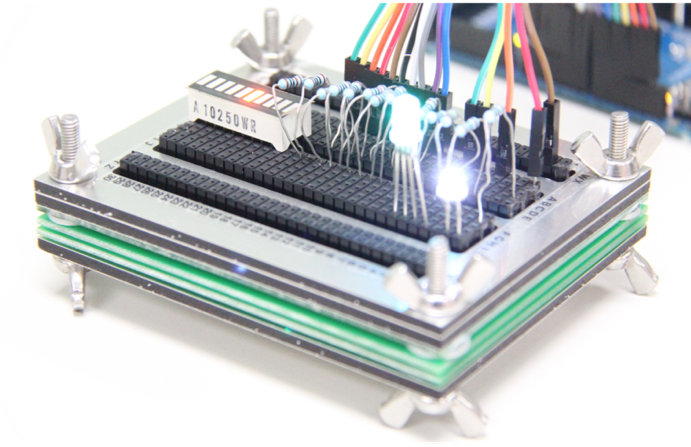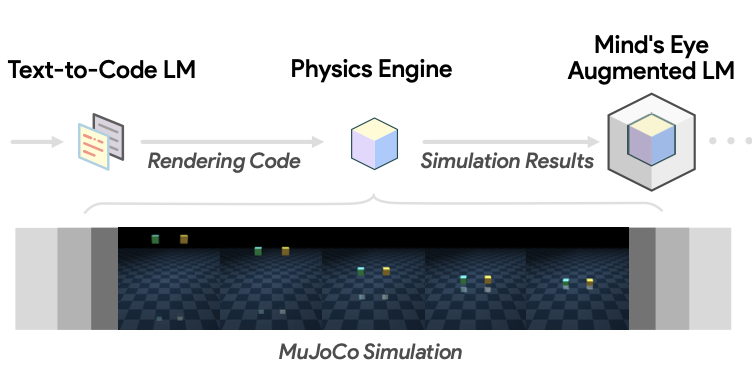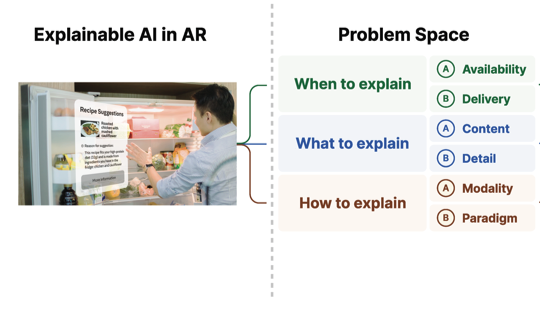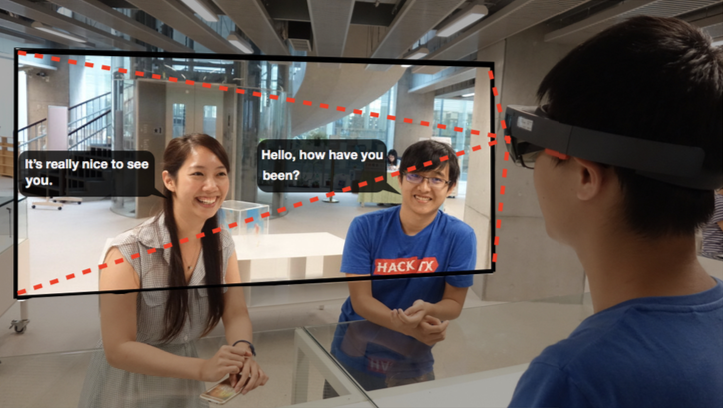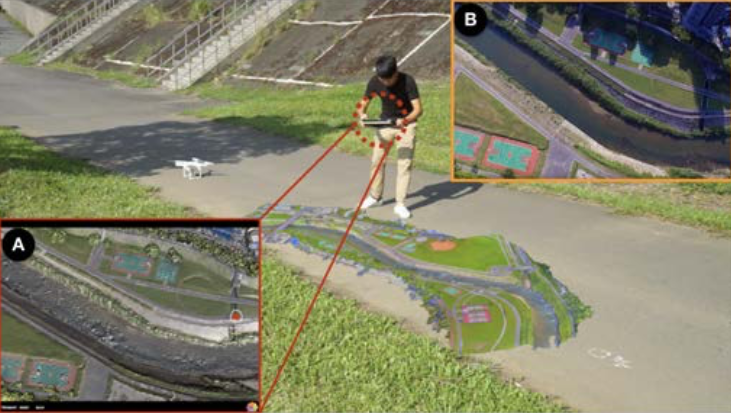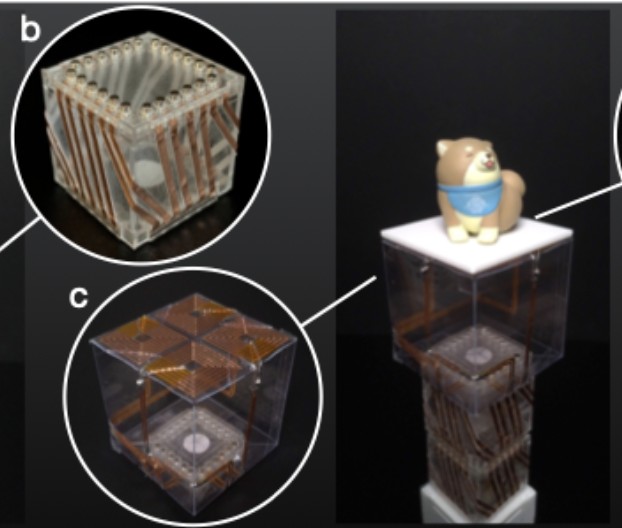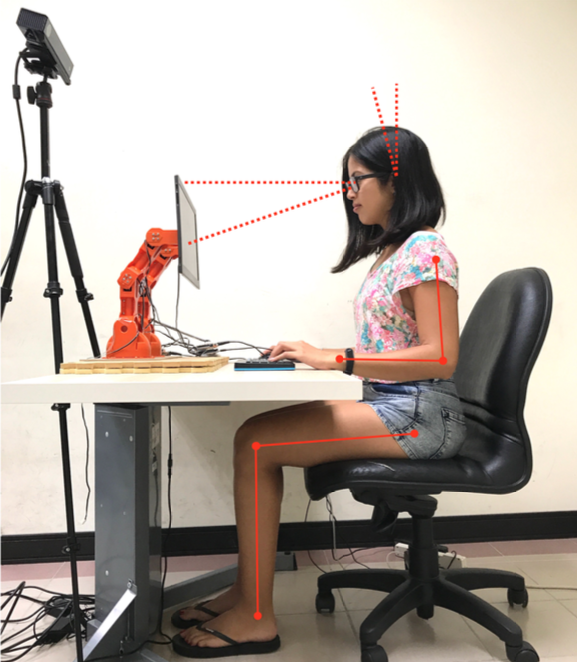.jpg)
Te-Yen Wu
Assistant Professor at Florida State University
My research lies in the intersection areas of Human-Computer Interaction, Cyber-Physical Systems, and AI Technologies. My research goal is to create sustainable, scalable and intelligent ubiquitous computing systems that can facilitate human interactions, enhance well-being and promote environmental responsiveness on a large scale. Unlike most approaches that add layers of technology onto existing structures, my approach is integrating computing technology directly into everyday materials (e.g. textile and wood), offering bottom-up solutions to facilitate the creation of intelligent objects and environments. In addition to it, I have also worked on other topics such as wearable technologies, text entry systems and Human-AI interactions in VR/AR. My research is generally published in top HCI venues like CHI and UIST, while I also contribute to top AI conferences such as ICLR. My research has attracted considerable public interests via Internet News (e.g. Engadget, Times). Currently, I direct the MakeX Lab at FSU. I am looking for PhD students who are highly motivated and interested in Human-Computer Interaction research. If you're interested in working with me, please send an email to [tw23l (at) fsu (dot) edu] with your CV and a one-page research statement outlining the topic you wish to explore.
